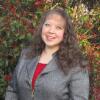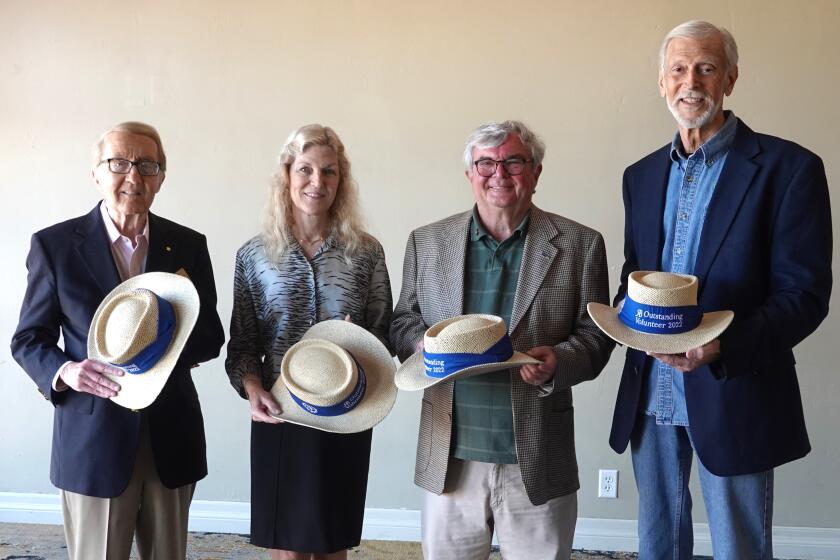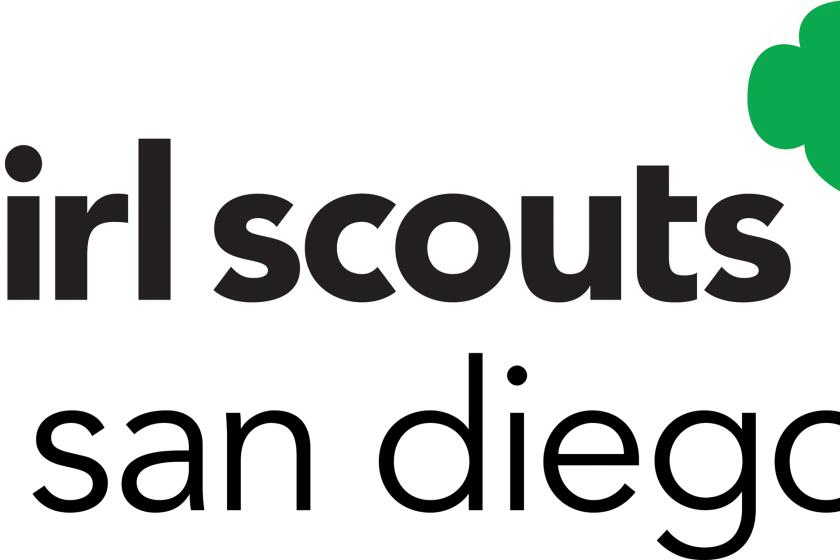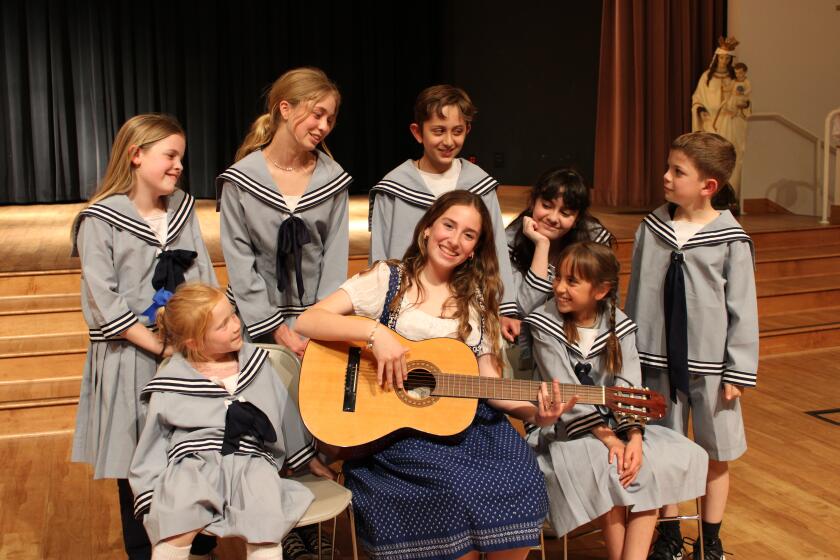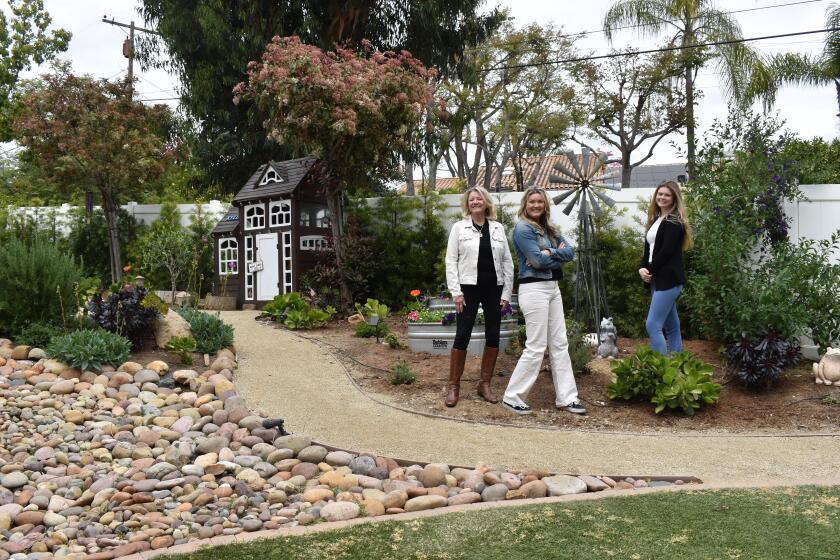Witch Creek fire five years later: Recovery, preparation efforts continue
By Elizabeth Marie Himchak
Five years after hundreds of homes were destroyed by wildfire in Rancho Bernardo and Poway, recovery efforts continue and the communities are preparing for the next disaster.
All but about 20 of the 365 homes destroyed in Rancho Bernardo have been rebuilt, said Valerie Brown, RB United coordinator. She said for many yet-to-rebuild homeowners were under-insured and some are still in litigation with San Diego Gas & Electric. Its power lines were a factor in the fires’ start.
In Poway, 55 of the 90 homes destroyed have been rebuilt or are in the rebuilding process, said Eric Heidemann, City Hall spokesman.
The Witch Creek fire started at 12:35 p.m. Sunday, Oct. 21, 2007, near Santa Ysabel. It burned 197,990 acres, largely due to strong Santa Ana winds exceeding 100 miles per hour quickly moving flames across the rural area and into the urban communities. Fire officials said flames were often 80 to 100 feet high.
Though officials predicted the fire would enter City of San Diego limits by Monday, the Guejito fire upped the timetable when it began at 1:30 a.m. Oct. 22 four miles east of the Wild Animal Park, and traveled west toward Rancho Bernardo. Within two hours, Rancho Bernardo homes on the east side were burning and soon after those on the west side were on fire.
By sunrise on Monday morning, the two fires merged and in the coming days their destruction in Rancho Bernardo and Poway became evident.
Though several problems occurred, including late or no phone evacuation notification for some residents, steps have been taken by city and county officials to remedy these in future disasters.
In addition, the two communities came together to help those displaced. Much of that initial help was available in the fire recovery center organized by then-City Councilman Brian Maienschein, who based the 2007 version of a “one-stop shop” to a similar one he created in 2003 to help those in Scripps Ranch who lost homes during the Cedar fire.
Both communities also formed volunteer-based coalitions to help residents recover over the long-haul and be better prepared for the next emergency, whatever it may be.
Through funding from the San Diego Foundation, RB United formed, first to guide homeowners in the recovery and rebuilding process and later to provide residents with tools to make emergency preparations.
Brown said the group continues to participate in both aspects five years later, though now most efforts are geared toward emergency preparation and financed through grants.
Among programs RB United has sponsored are those on documenting one’s property, a process Brown said is crucial in getting as much replacement compensation as possible.
“Documenting is the hardest part,” she said. “People have a lot of stuff ... and proving it is really difficult. They have to recreate (a list) from photos, memory and credit card statements and (place a) value on all of that.”
Through RB United, RB Fire Safe Council formed 18 months after the fire and its efforts have included putting on a safety fair during the annual RB Alive! Expo so locals can obtain guidance on creating an emergency kit and plans.
Brown said in the five years since the fire more residents are prepared, but as time passes they get more lax due to pressing time concerns. Even her family is not as prepared as it once was since emergency food and water supplies have been consumed or expired and not all replenished.
A few residents, she said, have also made the false assumption that since Rancho Bernardo was impacted by a large wildfire it cannot happen again for many years.
As for RB United’s efforts in guiding seniors and connecting them with resources for evacuation, she said those are still ongoing.
“They must assume ownership of their individual disaster plan ... and build in multiple layers of support,” she said, adding volunteers are available to guide seniors on what they need to do to formulate a plan.
For details, call 858-485-8502, send an email to admin@rbunited.com or go to www.rbunited.com.
In Poway, the Poway Neighborhood Emergency Corps formed in 2011, a volunteer-based group that got its genesis in the 2010 Poway Community Leadership Institute.
The corps is modeled in part after the Neighborhood Watch format, but also heavily influenced by a similar group in Salt Lake City, said PNEC Chairman Chuck Cross.
“Our vision is to organize community volunteers throughout Poway to provide emergency response to assist our residents and business owners,” according to the PNEC website. “An integral part of that vision is that every neighborhood in the city will have a Neighborhood Emergency Coordinator. This person will be trained and will be ready to lead the efforts to assist their neighborhood with evacuation, shelter in place, localized emergency or other community needs.”
In addition to disseminating emergency preparedness information and holding training meetings, the group also holds emergency drills and helps with the stockpiling of supplies.
Cross said City of Poway has been divided into 60 sections and most, but not all, of the volunteer leadership needed to serve as block and area captains has been recruited. More volunteers are welcome to join at any time, he added.
“Hundreds have already signed up ... which exceeded our expectations,” Cross said.
According to Cross, residents need to be prepared to survive on their own for three days without assistance.
The next training session, this one focused on sheltering in place, will be at 7 p.m. Thursday, Nov. 1 at the Church of Jesus Christ of Latter-day Saints, 14211 Twin Peaks Road in Poway.
For information on PNEC or to access its emergency preparation resources, go to www.powaynec.com or call Cross at 858-679-1252.

